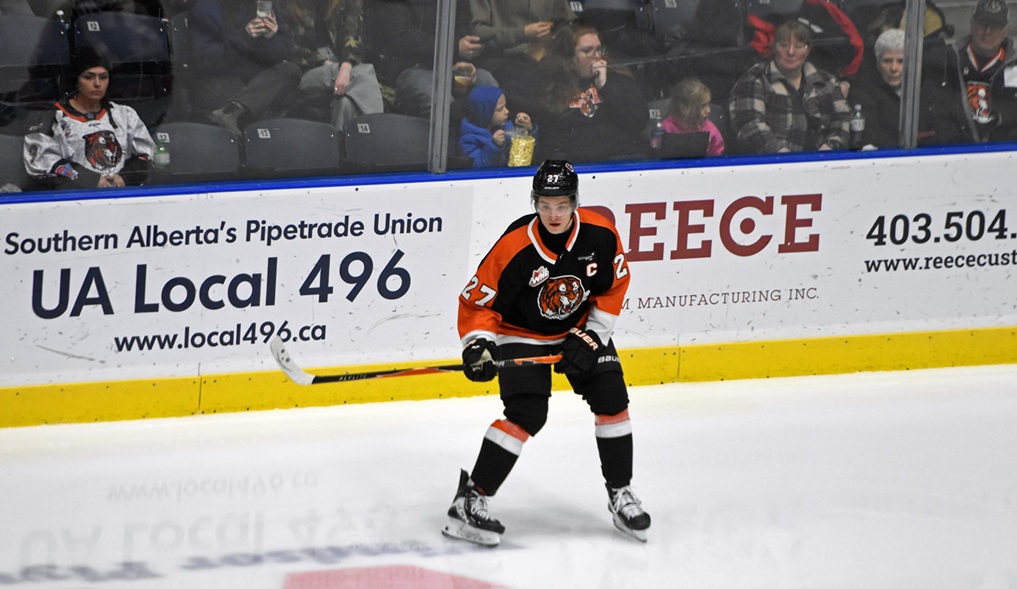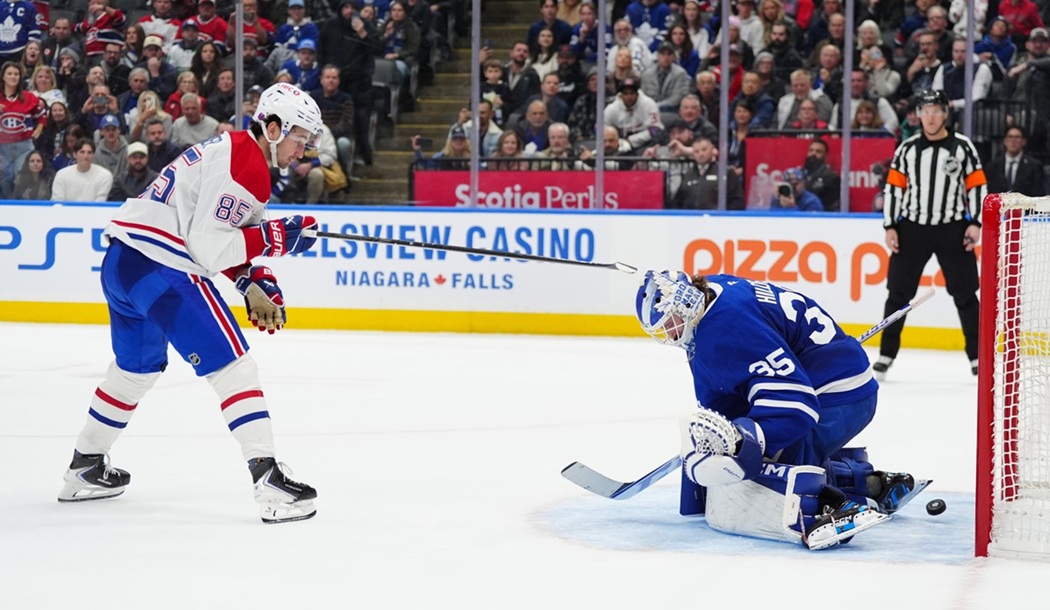HabsWorld.net --
Growing up in Montreal, there was only one sports team that transcended everything and that was the Montreal Canadiens. The Habs were the reigning religion in Montreal and that was not only for the five million French Catholic fans but also for the 80,000 Jewish Anglo fans too. I kid you not; when we had Passover, at home, we would rush through the prayers and then our meal so that we would finish in time to watch the Habs and Bruins facing off in some playoff series.
The Habs reigned supreme, but there were other teams we followed and one of them was the Los Angeles Lakers. I never asked why we followed the Lakers, but they had such great teams I always enjoyed watching them. Los Angeles seemed like a dream to me with the family gathering around the television every Sunday evening to watch “Walt Disney’s Wonderful World of Color.” Yet here I am living in Los Angeles for thirty-plus years and sharing with you the connection to these two iconic franchises.
The connection of the Lakers to the Habs is a long and winding road that dates back to American Prohibition (1920-33). When drinking wasn’t allowed anywhere in North America, except for Montreal, Jazz musicians flocked to Montreal for work and nicknamed Montreal – Harlem North. Thus began the love relationship between Montrealers and Black Entertainers. This is important because when Brooklyn signed Jackie Robinson to a contract, they wanted him to play a year with their top minor league team, the Montreal Royals. In this way, he could play a season with white teams and prepare for what was bound to be a tough journey as a rookie with Brooklyn. Well, in Montreal, Jackie and his wife were treated like royalty and they could not have been happier. Home games were a love fest and my Dad got to watch Jackie and tell me about it years later. On the road, Robinson was treated like a pariah and it was only there that he got a taste of what was still to come.
So when the Dodgers moved to Los Angeles, Montreal allegiances went there too. Growing up in Montreal in the late fifties and sixties the Dodgers were the team that everyone was into. Here’s a fun fact: When Robinson was signed, he was not the only black player signed. They also signed John Wright. The next season Robinson was promoted and Wright was demoted to a lower league in the city of Trois-Rivieres. So Trois-Rivieres, next year, can boast that they hosted lower minor league teams for the Habs and the Dodgers.
Once I was aware of the sports world, I would watch Dodgers, Lakers and Rams games with my Dad (Habs first, of course). Eventually, the Dodgers were overtaken by the Expos and the Rams were often behind the Alouettes. Our fan loyalty, certainly mine, stayed with the Lakers. I have two teams – the Habs and the Lakers.
So I gather some people might see the connection a tad stretched on my part, but here comes the fun part; the similarities between the two teams are fascinating.
Both have won a multitude of championships unsurpassed in the NBA and NHL. Both have as many stars as there are in the sky. In my next article, I shall include some hopefully new stories about the best of both franchises and how similar they are starting with the Championship Teams.
But here’s one last thought. – I tried to figure out the Mount Rushmore of both teams. I looked for the same qualities for both sports 1) Accomplished 2) A Transcendent presence 3) Strong Character – in other words ICONIC. Both teams had three shoe-ins that could not be ignored, but looking for a fourth was more difficult because both teams have had so many awesome players over the years.
Parallel Mount Rushmores – The Choices
For each team, I wanted to pick a scoring machine and they do not come more ICONIC than Kareem Abdul-Jabbar and Maurice Rocket Richard. Kareem won six NBA titles and is currently the highest scorer in NBA history. He is an author and a spokesperson that loves to discuss black history. Maurice Richard, an eight-time Stanley Cup champion, retired as the highest scorer in NHL history. His style of play was called fire on ice. He was the first to score fifty goals in fifty games. His personal story and how he affected Quebec is a rich, rich tapestry.
Then I wanted a powerhouse of a distributor that can do anything and often does. They do not come more ICONIC than Magic Johnson and Jean Beliveau. Magic personified his nickname perfectly; he won five NBA titles and countless awards. His incredible story continues to unfold. Beliveau won 10 Stanley Cups, scored over 500 goals and is as close to a saint as a hockey player can be.
Then I wanted style and verve with cold lightning in their veins. They do not come more ICONIC than Kobe Bryant and Guy Lafleur. I watched Kobe Bryant play since he was fresh out of high school. He was as exciting a presence on the court as anyone. He made so many players look like kids the way he danced around them. Guy Lafleur flying down the wing was the most exciting thing to see as a kid. I was always sure he could and would score and he rarely disappointed. As a little boy Guy ran everywhere, waiting for no one, dreaming of his hair flying like the wind as the Montreal Forum crowd rose to their feet in anticipation of his stunning shot. Damn, they were both good.
These six were easy to pick and true legends. In picking the last player on each mountain I wanted someone who left their mark on the game. Here are some of the rejected players for the last spot. Some of the rejected Lakers were not career Lakers.
Rejected Lakers: Chamberlain, James Worthy, Elgin Baylor, Shaquille O’Neal, LeBron, Dennis Rodman and the first NBA superstar, George Mikan.
Rejected Habs: Savard, Robinson, Boom Boom, Plante, The Pocket Rocket, Cole Caufield, and the first NHL superstar, Joe Malone.
The NBA and NHL would be very different if it wasn’t for these two game-changers; #4 on Mount Rushmore, for the Lakers, the definitively ICONIC Jerry West and #4 on Mount Rushmore, for the Habs, the ICONIC Doug Harvey. Jerry West is literally the logo for the NBA and he has performed as an all-time great on the court and as an all-time great in team management. Doug Harvey won six Stanley Cups and seven Norris Trophies (as the best defenceman), but what stood out for Harvey was how he evolved the role of a defenceman in the NHL. Bobby Orr replaced Doug Harvey as the greatest in the game but Orr followed in Harvey’s footsteps. Jerry West and Doug Harvey were very talented guards and well-deserving of the final place on this eight-headed Mount Rushmore or call them Twin Peaks.
And yes, I was kidding about Rodman and Caufield.


